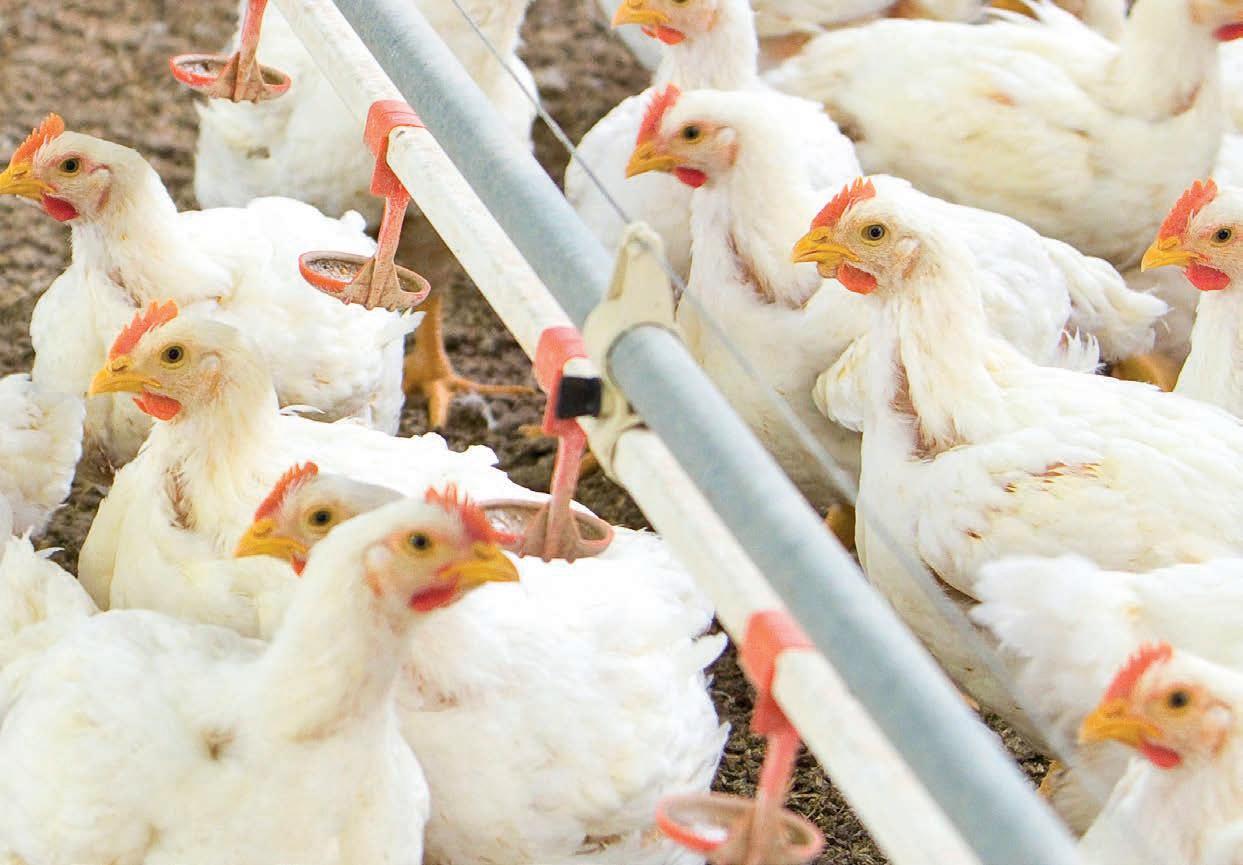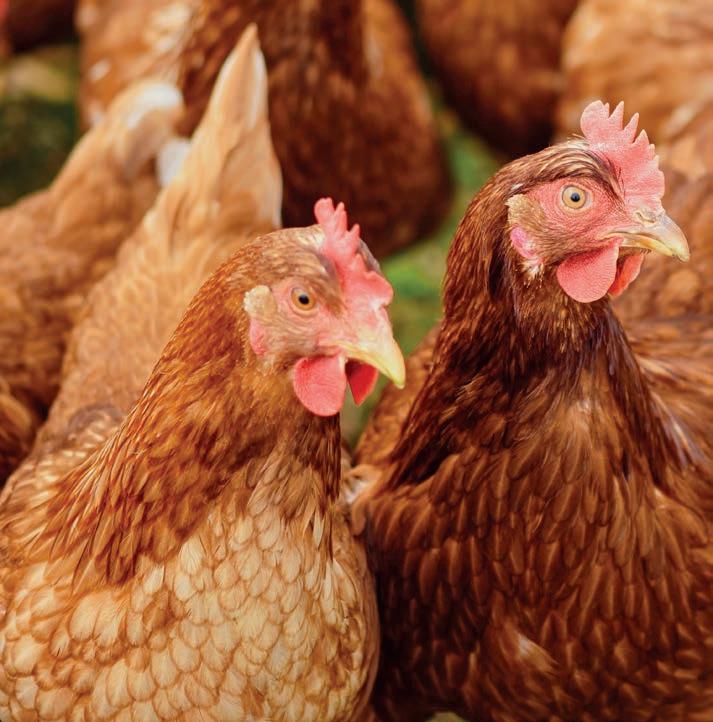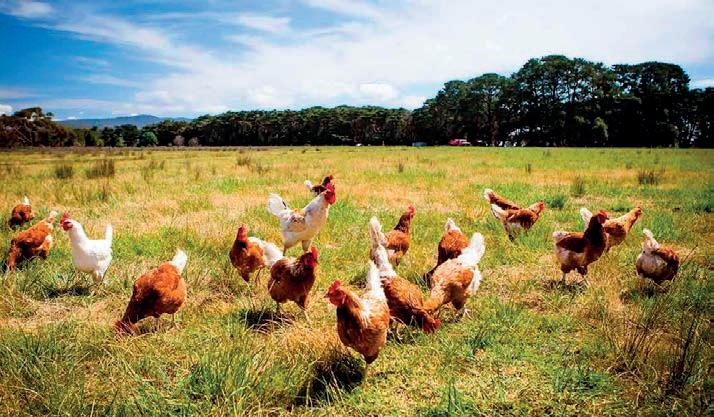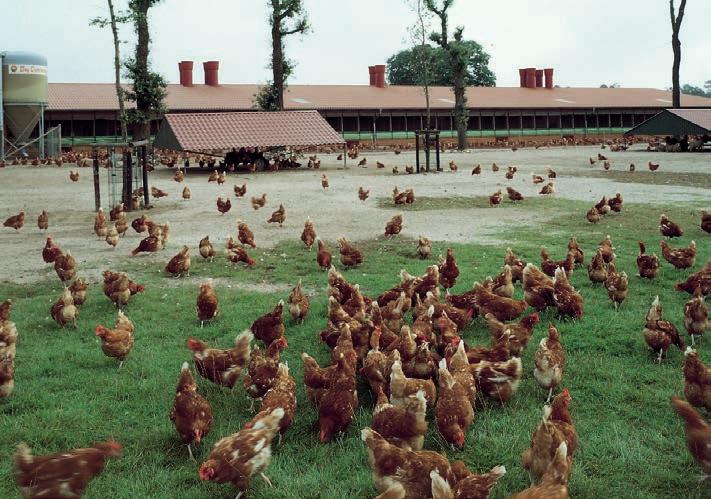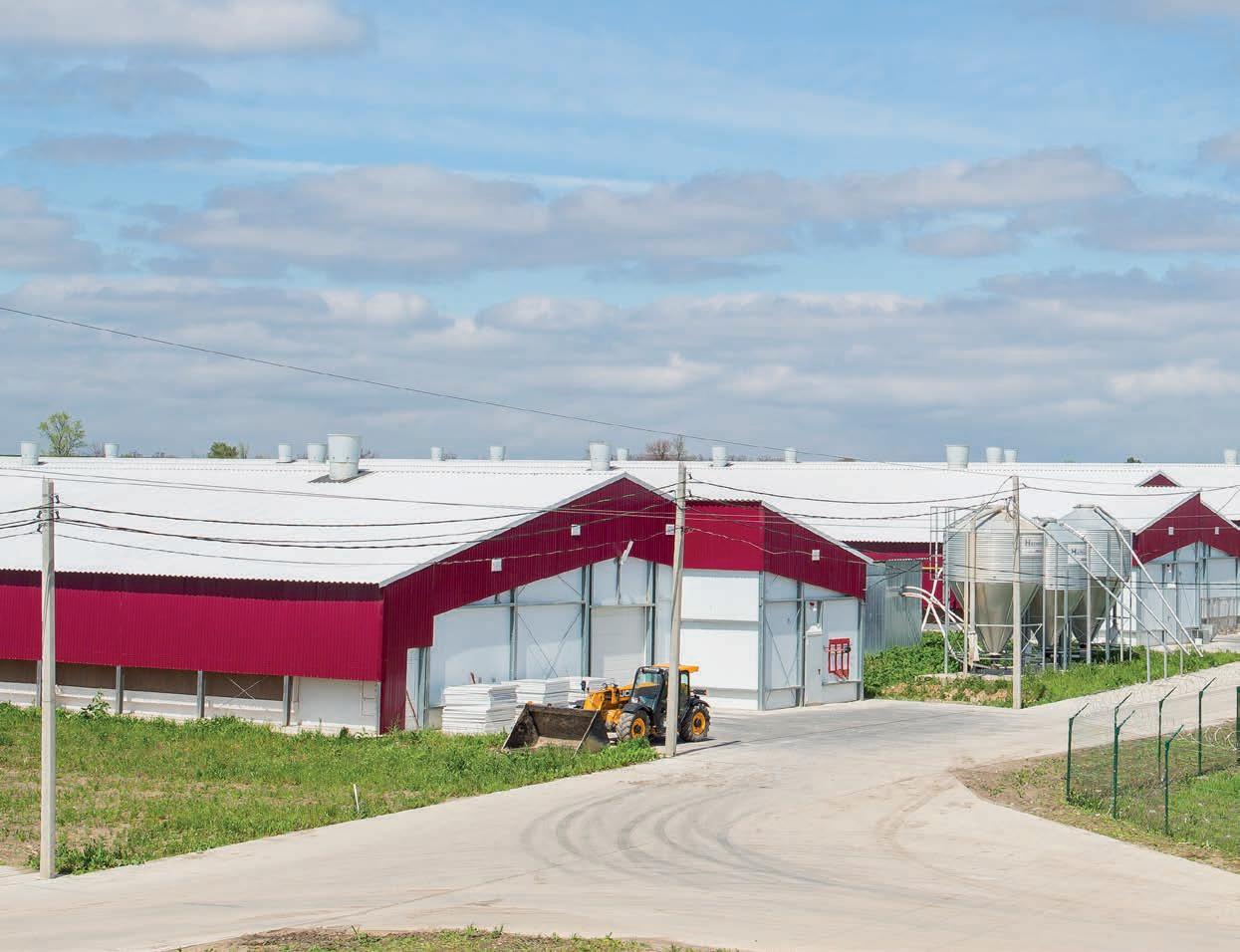VETERINARY SCIENCE
Towards practical methods for assessing ILT vaccine take S.W. Walkden-Brown¹, S. Williamson², S.M. Sharpe², P.F. Gerber¹, S. Ralapanawe¹, M. Ahaduzzman¹, Y. Gao³, P.J. Groves4 ¹ Animal Science, University of New England, Armidale, NSW, Australia ² Birling Avian Laboratories, Bringelly, NSW, Australia 3 Zootechny Pty Ltd, Austral, NSW, Australia 4 Poultry Research Foundation, School of Veterinary Science, University of Sydney, NSW, Australia
58
Infectious laryngotracheitis (ILT) is an ongoing problem in meat chickens in important production areas of Australia. In response to outbreaks, live vaccines are typically administered at 7-14 days of age in drinking water via nipple drinkers which may not provide optimal contact with susceptible tissues. The efficacy of vaccination is not routinely assessed. As part of a series of experiments investigating the kinetics of ILT virus (ILTV) in meat chickens after water vaccination via nipple drinkers, we investigated different sampling methods for assessing ILTV genome copy number (GC) by qPCR to assess flock status. The study included 8 flocks (sheds) of meat chickens in Sydney and surrounding areas. The flocks were vaccinated with the Serva strain of ILT vaccine in drinking water at 7-14 days of age (doa) according to the normal protocol for the farm. Individual tracheal swabs from 4070 birds, and 2-6 dust samples from settle plates were collected at 4, 7-8, 12-13 and 25-26 days post vaccination (dpv). In some flocks, a subset of 10 birds from which the tracheal
- veterinary science -



